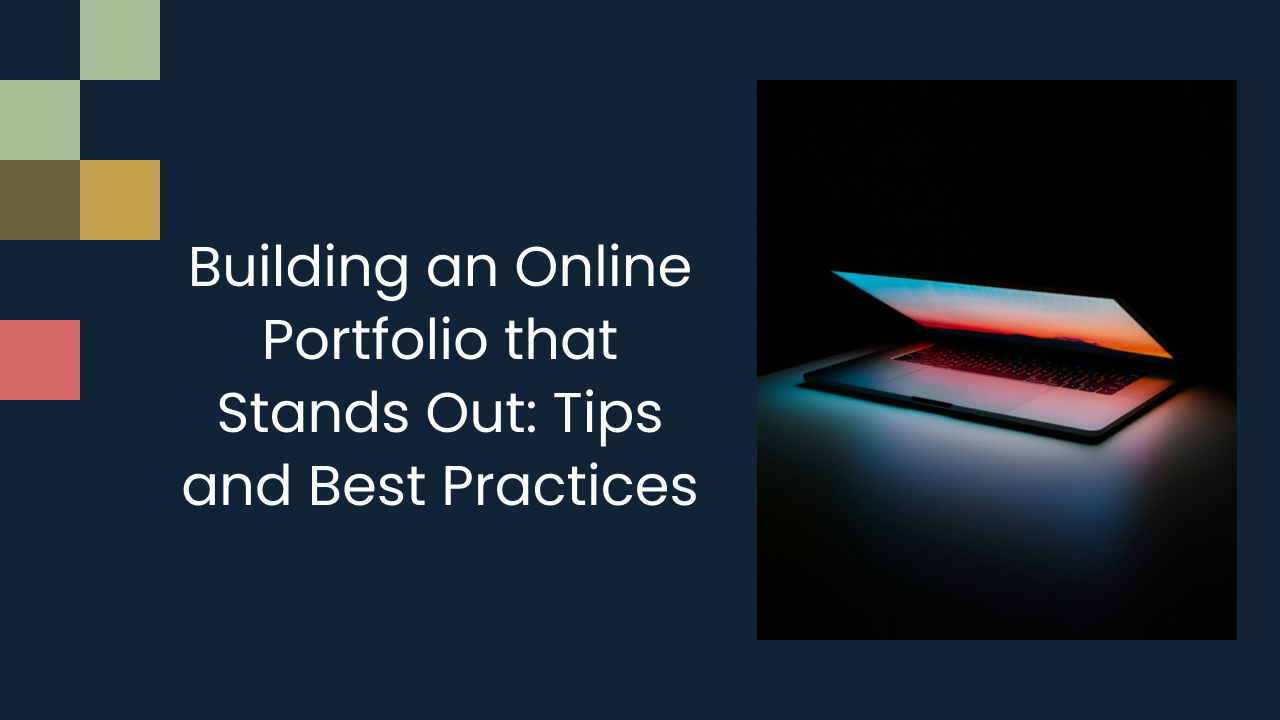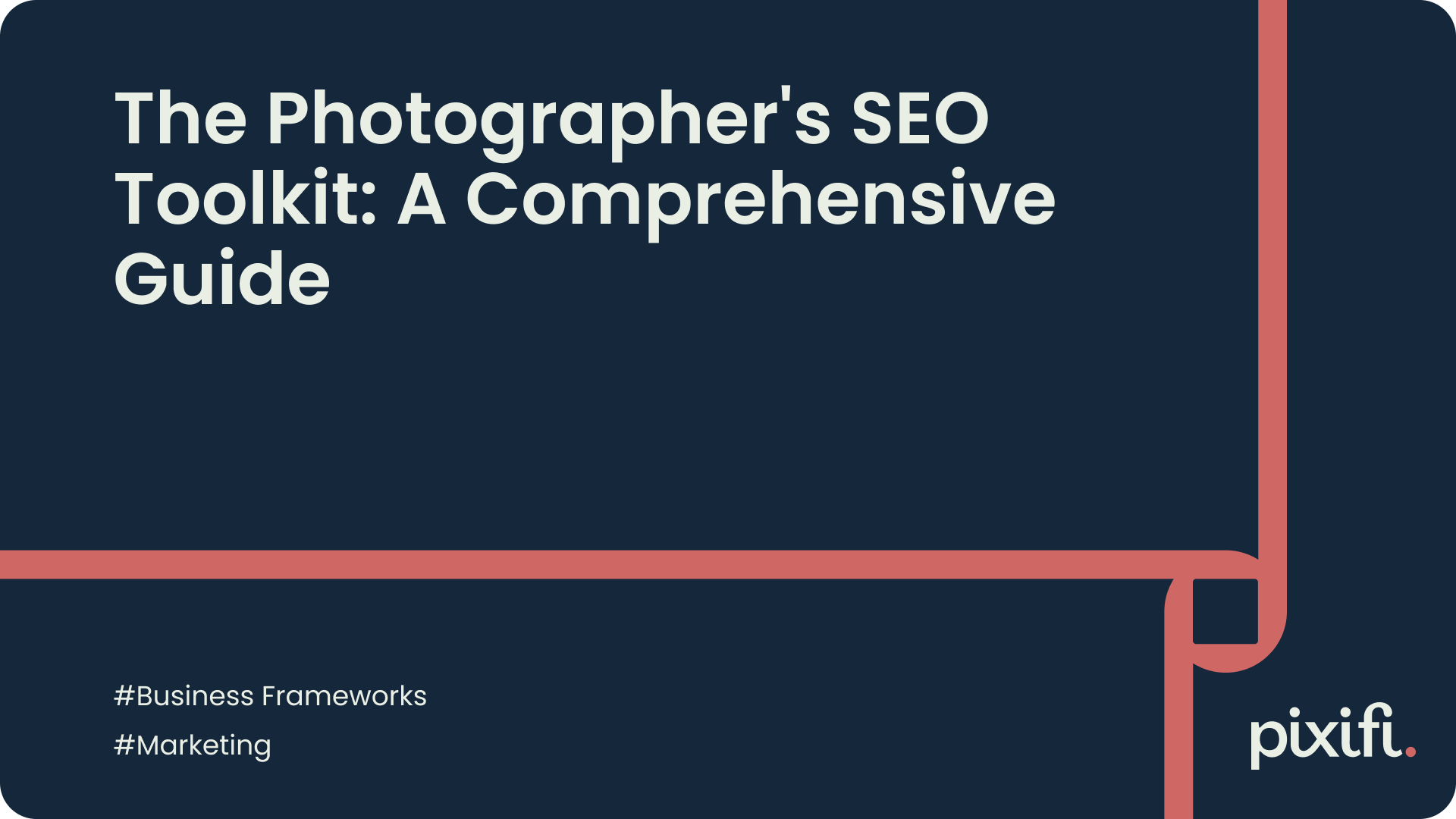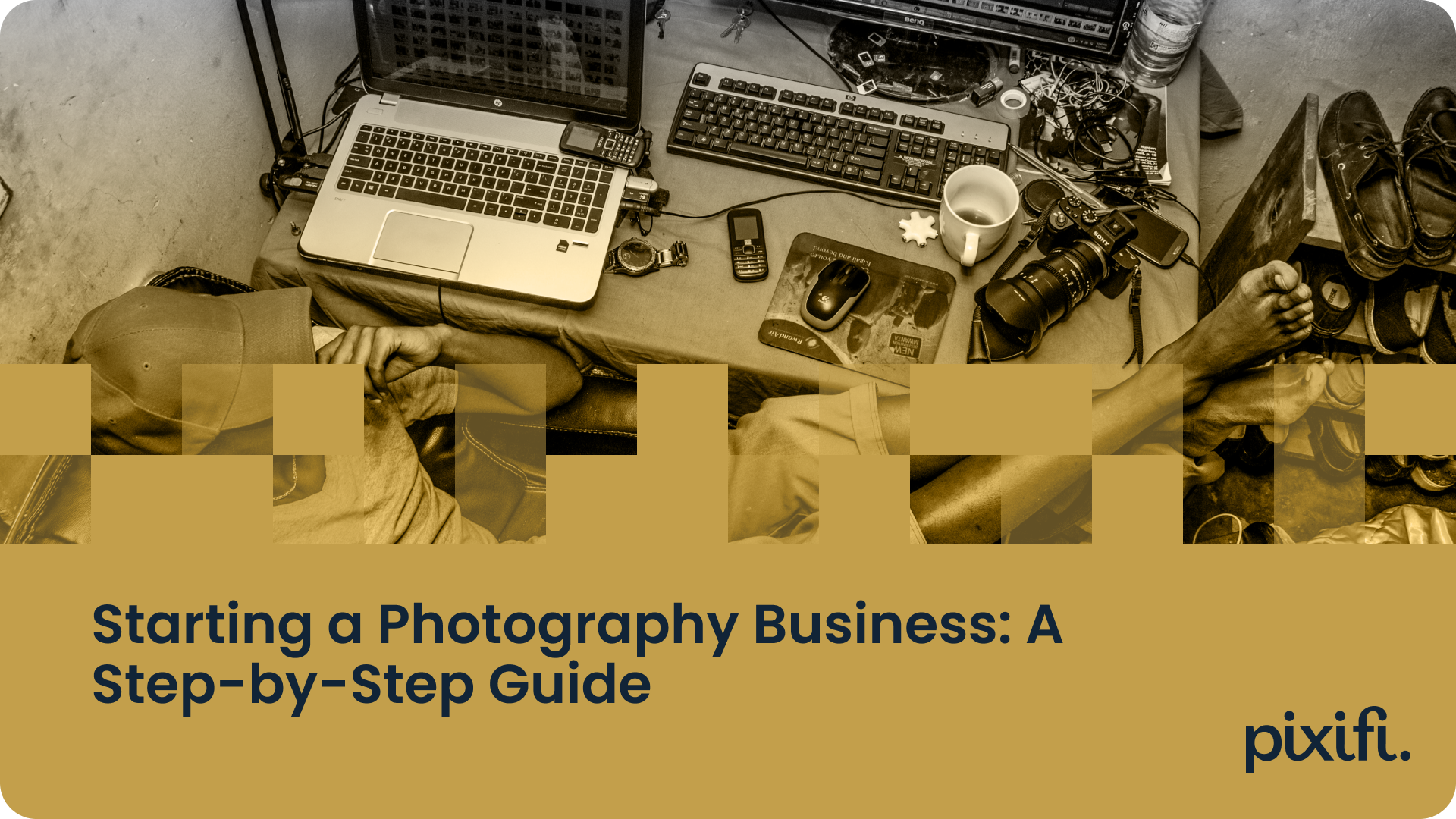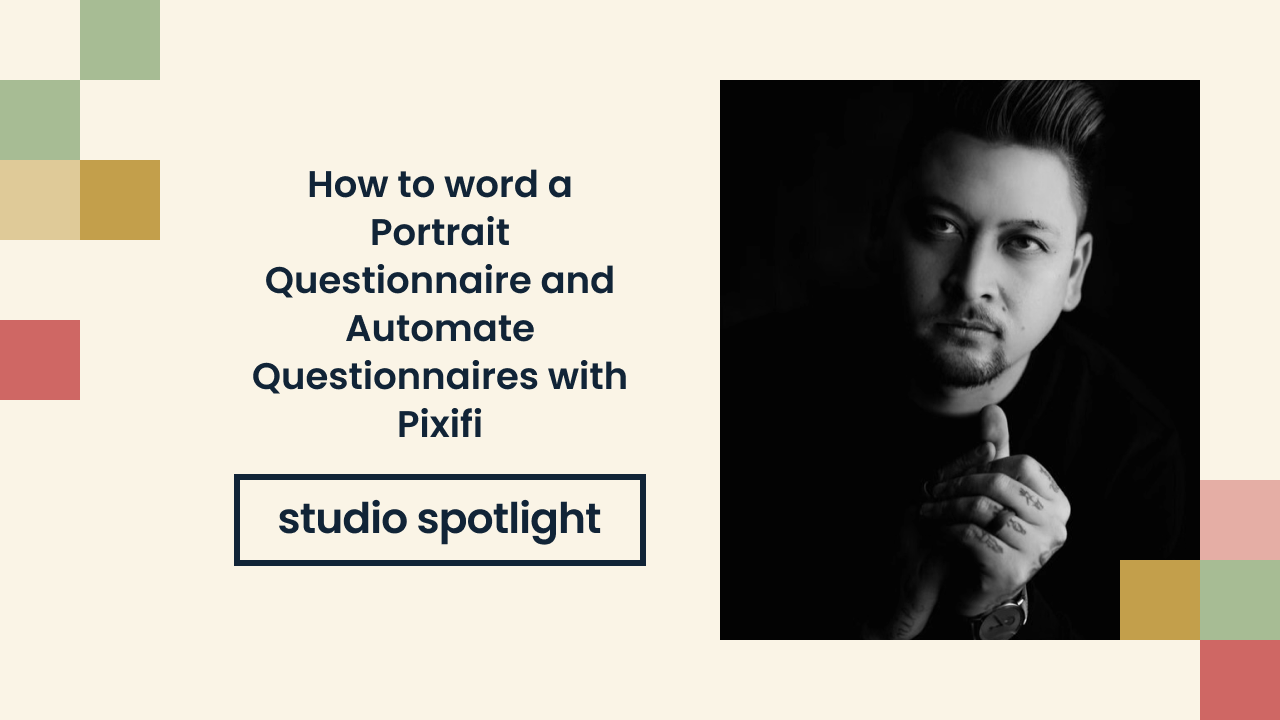Building an Online Portfolio that Stands Out: Tips and Best Practices
In today's digital world, having an online portfolio is essential for professionals in any industry. An online portfolio serves as a virtual showcase of your skills, achievements, and work samples. It not only helps you stand out from the crowd but also boosts your career prospects. In this article, we will explore the importance of an online portfolio and provide tips and best practices for building one that leaves a lasting impression.
Understanding the Importance of an Online Portfolio
When it comes to personal branding, a portfolio plays a crucial role. It represents your professional identity and highlights your unique skills and expertise. An online portfolio allows you to showcase your work to potential clients, employers, or collaborators, giving them a glimpse into your capabilities and achievements.
Moreover, in today's competitive job market, having a well-crafted online portfolio can make all the difference. It gives you an edge over other candidates by providing tangible proof of your skills, experience, and accomplishments. It acts as a powerful marketing tool that sets you apart from the competition.
The Role of a Portfolio in Personal Branding
Building a personal brand is essential for career growth, and an online portfolio is a key component of that process. It allows you to portray yourself as a skilled professional in your field of expertise. By showcasing your work and accomplishments, you can establish credibility and create a positive image that resonates with potential clients or employers.
A strong personal brand helps you build trust and credibility in your industry, which can lead to exciting opportunities and increased visibility. An online portfolio serves as a platform where you can shape and control your brand narrative, positioning yourself as an authority in your field.
How an Online Portfolio Can Boost Your Career
An online portfolio acts as a powerful marketing tool that can significantly boost your career. Whether you are a freelancer looking for clients or a job seeker trying to impress potential employers, a well-designed portfolio can make a significant impact.
By showcasing your skills, experience, and accomplishments through your portfolio, you can attract the attention of recruiters, hiring managers, and industry professionals. It serves as evidence of your abilities and demonstrates your commitment to your craft.
But what exactly should you include in your online portfolio? It's important to carefully curate your work, selecting the projects that best showcase your skills and expertise. You want to provide a comprehensive overview of your capabilities while also demonstrating your versatility.
Additionally, don't forget to include a brief description of each project, highlighting the challenges you faced and the solutions you implemented. This will give potential clients or employers a deeper understanding of your thought process and problem-solving abilities.
Furthermore, consider adding testimonials or reviews from satisfied clients or colleagues. This will add credibility to your portfolio and provide social proof of your skills and professionalism.
Lastly, remember to regularly update your portfolio with new projects and achievements. This shows that you are constantly evolving and staying relevant in your field. It also gives visitors a reason to keep coming back to your portfolio, ensuring that you stay top of mind.
Essential Elements of an Outstanding Online Portfolio
While building an online portfolio, there are several key elements that you should consider to ensure it stands out from the crowd and effectively captures your abilities and achievements.
When it comes to choosing the right platform for your portfolio, it's important to take your time and carefully evaluate your options. There are numerous platforms available, ranging from website builders to portfolio-specific platforms. Consider factors such as ease of use, customization options, and the ability to showcase different types of content before making your decision.
Once you have chosen a platform, it's time to customize it to reflect your personal brand. Remember, your portfolio is an extension of yourself and your work, so it's crucial to use a design that not only looks clean and professional but also complements your work. A well-designed portfolio will make it easy for visitors to navigate through your projects and find the information they need.
When it comes to showcasing your skills and achievements, it's important to be comprehensive. Include samples of your best work that highlight your abilities and demonstrate your expertise in your field. Visuals, such as images or videos, can make your portfolio visually appealing and engaging, so don't be afraid to incorporate them.
Additionally, consider going beyond just showcasing your work and include case studies or project descriptions. Providing context and demonstrating your problem-solving skills can give potential clients or employers a deeper understanding of your approach and the value you can bring to their projects or organizations.
Testimonials and references play a crucial role in establishing trust and credibility. Including testimonials from previous clients, colleagues, or supervisors can showcase your skills, work ethic, and professionalism. These testimonials add social proof to your portfolio and reinforce your expertise.
Moreover, consider including any awards, certifications, or recognition you have received throughout your career. These accolades serve as further validation of your skills and accomplishments, and can help you stand out from the competition.
Designing Your Online Portfolio for Maximum Impact
When designing your online portfolio, it is important to strike a balance between aesthetics and usability. A visually appealing portfolio will capture the attention of visitors, but it should also be easy to navigate and find relevant information.
Use a clean, intuitive layout that allows visitors to quickly find what they are looking for. Organize your work samples into categories or projects, making it easy for visitors to browse through your portfolio based on their interests.
But what else can you do to make your online portfolio truly stand out? Let's dive into some additional strategies that can take your portfolio to the next level.
Using Visuals to Enhance Your Portfolio
Visual elements are powerful tools that can enhance the impact of your portfolio. Use high-quality images and videos to showcase your work and give visitors a glimpse into your creative process. Ensure that the visuals you use align with your personal brand and the overall tone of your portfolio.
Incorporate your personal branding elements, such as your logo or color scheme, to maintain consistency across your portfolio. This creates a cohesive and professional look that makes a lasting impression.
Furthermore, consider adding interactive elements to your portfolio. This could include features like image sliders, interactive infographics, or even virtual reality experiences. These interactive elements not only engage visitors but also demonstrate your technical skills and creativity.
The Role of SEO in Portfolio Design
Search Engine Optimization (SEO) is not just limited to websites and blogs. It also plays a crucial role in ensuring that your online portfolio gets the visibility it deserves. Optimize your portfolio by researching relevant keywords and incorporating them into your content, titles, and descriptions.
Additionally, consider including backlinks to your portfolio on other platforms, such as social media profiles or industry-specific directories. This improves your portfolio's visibility and increases the chances of it being discovered by potential clients or employers.
Moreover, don't forget the power of storytelling in your portfolio. Craft compelling narratives around your projects and experiences, highlighting the challenges you faced and the solutions you implemented. This not only makes your portfolio more engaging but also showcases your problem-solving skills and ability to think critically.
In conclusion, designing an online portfolio that leaves a lasting impact requires more than just aesthetics and usability. By incorporating visually appealing elements, utilizing SEO strategies, and weaving compelling narratives, you can create a portfolio that truly stands out from the crowd.
Maintaining and Updating Your Online Portfolio
Building an outstanding online portfolio is an ongoing process. It requires regular maintenance and updates to keep it fresh and relevant.
Regularly Adding New Projects
To keep your portfolio up to date, make it a habit to regularly add new projects or work samples. This demonstrates your commitment to your craft and shows potential clients or employers that you are continuously improving and growing.
Consider showcasing your most recent and relevant work prominently on your portfolio, while still maintaining a well-organized structure that allows visitors to explore your older projects if they wish to do so.
Keeping Your Contact Information Up-to-Date
One of the primary purposes of your online portfolio is to facilitate contact with potential clients or employers. Ensure that your contact information, such as your email address or phone number, is up to date, and easily accessible on your portfolio.
Consider incorporating a contact form or a call-to-action button that encourages visitors to reach out to you. Additionally, make it a point to respond promptly to any inquiries or feedback you receive through your portfolio.
Responding to Feedback and Making Necessary Adjustments
Feedback from visitors, clients, or employers can provide invaluable insights into the effectiveness of your portfolio. Welcome constructive criticism and suggestions for improvement, and use them to make necessary adjustments.
Continuous refinement based on feedback ensures that your portfolio remains relevant and engaging. Don't be afraid to experiment with different layouts, content formats, or design elements to see what resonates best with your target audience.
In conclusion, building an online portfolio that stands out requires careful consideration of essential elements such as platform selection, showcasing skills and achievements, design aesthetics, and regular updates. By following the tips and best practices outlined in this article, you can create a compelling online portfolio that leaves a lasting impression and boosts your career prospects. Good luck!
Looking for an easier way to manage and grow your studio? Experience a platform built by a photographer, for photographers. Try it free for 2 weeks.











